Climate change or mismanagement? Neighbors of Crex Meadows wildlife haven tussle with DNR over flooding
GRANTSBURG - Duke Tucker used to start his day at 5:30 a.m., flushing the sediment out of his water tank in his home's backyard so that he and his family didn't have to use the discolored water that had been sitting in their well all night.
Sometimes he would then put clean water into the system, so they'd have fresh water to shower in, instead of the iron-rich water that would sometimes discolor their clothes or hair.
"It was very frustrating to have to do that," he said.
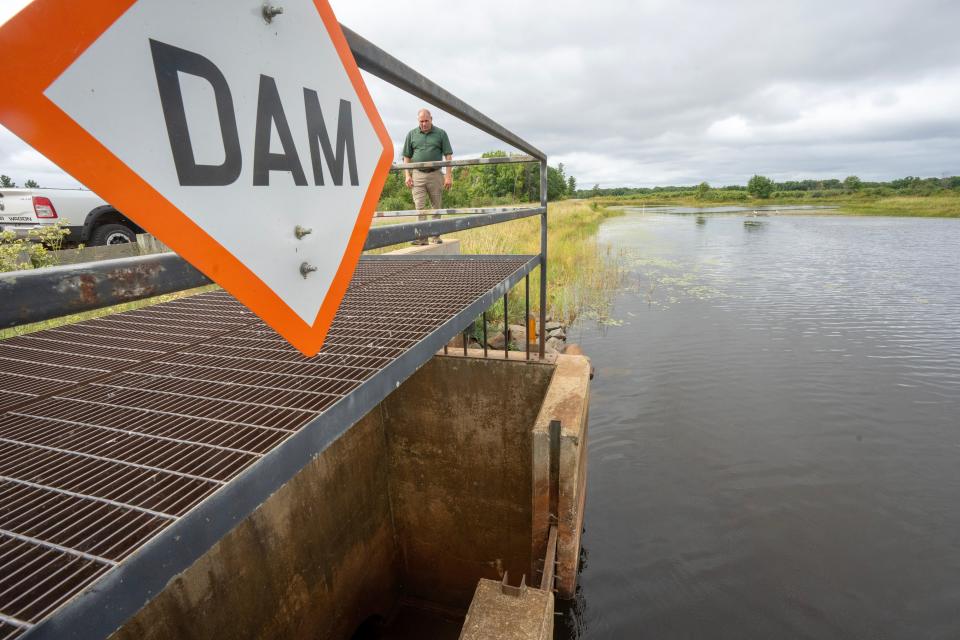
Tucker lives just outside the boundaries of the Crex Meadows Wildlife Area, an expansive haven for wildlife and plant life in Grantsburg, in northwestern Wisconsin. Water has become a hot-button issue for the community, where residents often experience water tainted with iron or manganese, or flooding so intense it covers their backyard.
But while experts agree that the levels of groundwater have indeed risen over the past 10 years, they disagree with residents on the source of the water. Residents point a finger at the Department of Natural Resources and its management of the wetland. The department insists climate change and elevated levels of rainfall are to blame.
That disagreement has led to a bitter stalemate between the agency and those living near Crex Meadows.
Tucker started to look at Crex as the driver behind the issues he and several other residents were experiencing for the first time in 2017. The woods on his property were largely underwater, and he couldn't reach the grove of trees he usually used to cut wood for his furnace. He called a local supervisor at Crex and asked if the issues could be related and if anything could be done with the water management at the wildlife area to fix the high water levels.
"It kind of bothered me that I had to call and ask permission to use my property," he said. "I didn't like that."
After that year, Tucker started turning to the DNR for help.
Could they lower the water levels in the wetlands, which they manage with a series of dikes that hold water at a certain level, using boards slotted into a metal frame that can be removed or added to raise or lower the water.
But the department said no, arguing there was no way the water levels at the nearby wildlife area could have an effect on neighboring property or private wells.
So Tucker took the issue into his own hands.
"I thought to myself 'You know what, this is important.' And so I took a board out of the dike," he said. "A couple of days later I took out another board, and I finally got to three boards. And of course, the department noticed that and put the boards back in again. But our place was drying up like mad, it was great. So I took all the boards back out again."
Those boards have been central to debate between the state and Grantsburg residents.
Though the area is dry this year — there has been a pretty severe drought spanning much of the state — Tucker still pledges to remove boards in the future if his property starts to flood again, though that process will be made harder by the locks the DNR installed on many of the water control structures.
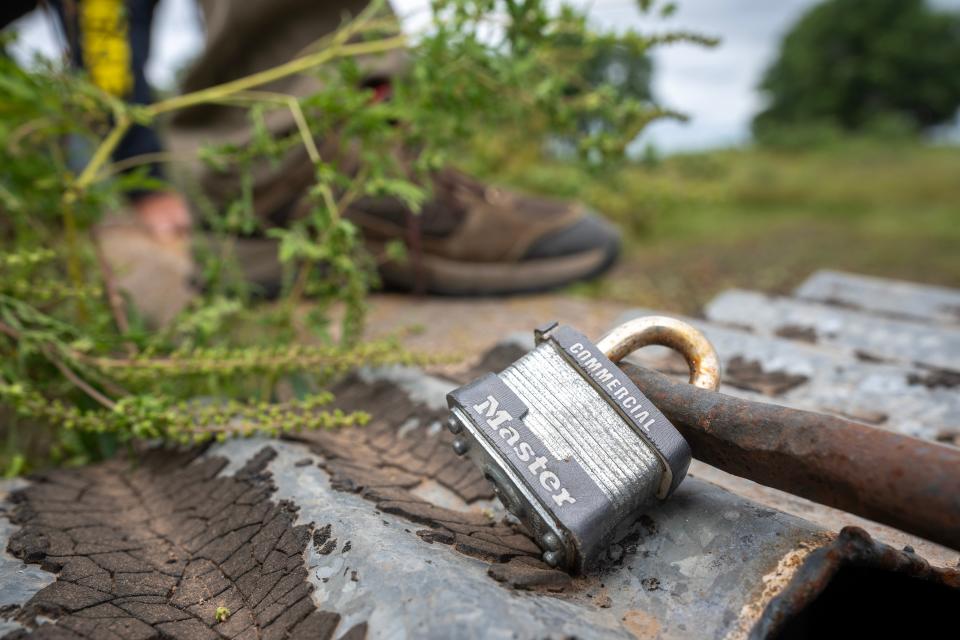
The department threatened Tucker with legal action; a warden followed him home after watching him take boards out of the dike one day. But that didn't deter Tucker, especially because he was seeing more impacts on his property and the property of his neighbors and friends.
"The DNR doesn't have authority to ruin your property," he said.
For the last six years, Tucker and his neighbors have been locked in a debate over how to handle the situation. And despite hundreds of hours of work by DNR employees and countless conversations, a resolution doesn't seem imminent.
What is Crex Meadows?
Crex Meadows consists of nearly 30,000 acres of land in Grantsburg, Wisconsin, about an hour from Minneapolis.
The vast expanse of wetlands, brush prairies and forests is a plentiful home to animals. Red foxes play among the trees, an occasional bear lumbers through and if you listen closely, trumpeter swans can be heard calling to each other after splash landing in one of the several shallow bodies of water within the wetlands.
The area is a destination for hunting, trapping, education and recreation, with its endless expanse of open land. But it wasn't always that way. In the mid-1800s, according to the Crex Meadows website, farmers drained the original wetland, hoping to use the land for crops. Because of its status as a wetland, though, it wasn't suited well for farming.
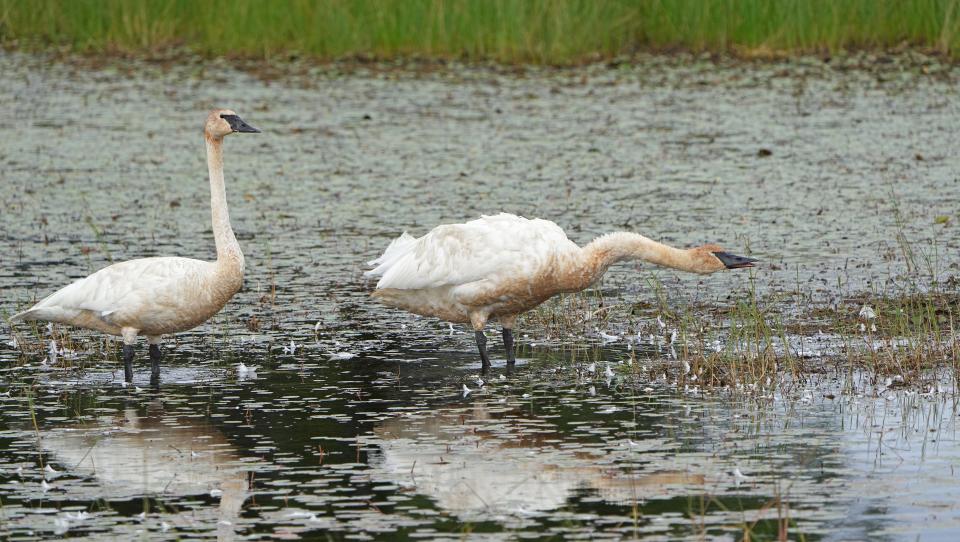
In 1912, the Crex Carpet Company purchased some of the failed farmland, using it to produce grass rugs. But with the rise of linoleum, the company soon folded, leaving the land once again vacant.
In the 1930s, the State of Wisconsin purchased about 12,000 acres and started the Crex Wildlife Area, rebuilding the wetland conditions.
"The DNR came in and replugged the ditches to restore the hydrogeology of the area," DNR wildlife director Eric Lobner said.
The land is now managed as a home for waterfowl like swans and ducks, as well as for the small amphibians and fish that live in the waters. The DNR is also working to reestablish wild rice and a variety of plant life.
That's why the water levels in the Crex matter so much. If they're too low, and the wild rice isn't protected, the crop could be lost. And if the levels are too low in the spring it could impact migrating bird populations. Too low in the fall and amphibians buried in the mud could freeze to death.
"It's a cascading effect," Lobner said.
The DNR poured resources into confirming their research that the water's management isn't affecting its neighbors. Research has included a DNR analysis, a United States Geological Survey study, and an independent analysis by George Kraft, a hydrogeologist from the University of Wisconsin-Stevens Point.
All of those reached the same conclusion: it's climate change that is impacting the Crex and its neighbors, not the raising and lowering of the surface water by the DNR.
And the poor water quality in private wells around the natural area is simply a factor of nature — there is iron and manganese in the rocks, and the water picks it up as it moves through the water table.
"We've had water levels throughout the state that are higher than they've been in 100 years. We're 90-95% certain it's groundwater flooding, and the whole system is filling up," said Adam Freihofer, the water use section chief for the DNR. "The water has nowhere to go, and it's like this everywhere."
Back to back to back wet seasons over the last decade have led to higher groundwater levels, which the state says it can't do anything about.
"We as an agency care deeply about the communities around which we own land. We are working very hard to ultimately make sure our actions do not negatively impact landowners," Lobner said.
Kraft looked at years of historical data related to precipitation and correlated it with data from test wells the DNR has in the area.
"It's not a huge surprise, because precipitation has been going up in the Crex vicinity for 60 years," he said. "I'm sure the higher water levels are due to precipitation and there is no evidence that flowage manipulation can be the cause of additional raising there. It remains elusive, if there is additional evidence."

Kraft and DNR officials said they truly admire the dedication that residents in the area have shown, and are continuing to research possible causes for the flooding and water issues, but at this point, the evidence doesn't seem to support the residents.
Looking at test wells drilled by the state in places that could not be affected by Crex, Kraft said water levels fluctuated in similar ways as those near Crex.
"There's no way that Crex could impact those test wells," he said.
Kraft said that puts everyone in a difficult situation where trust is hard to come by.
"Who becomes the arbiter of science at this point?" he said.
'You have to make a choice'
Several times over the last 10 years, Kerri Harter's garden has gone from a serene outdoor oasis full of plants to the equivalent of a pond.
Water fills Harter's backyard, first spilling out of the man-made pond to the side of her home, saturating the soil everywhere else and eventually, ponding on the lower portions of her land. Some years, it renders the yard soggy and unusable.
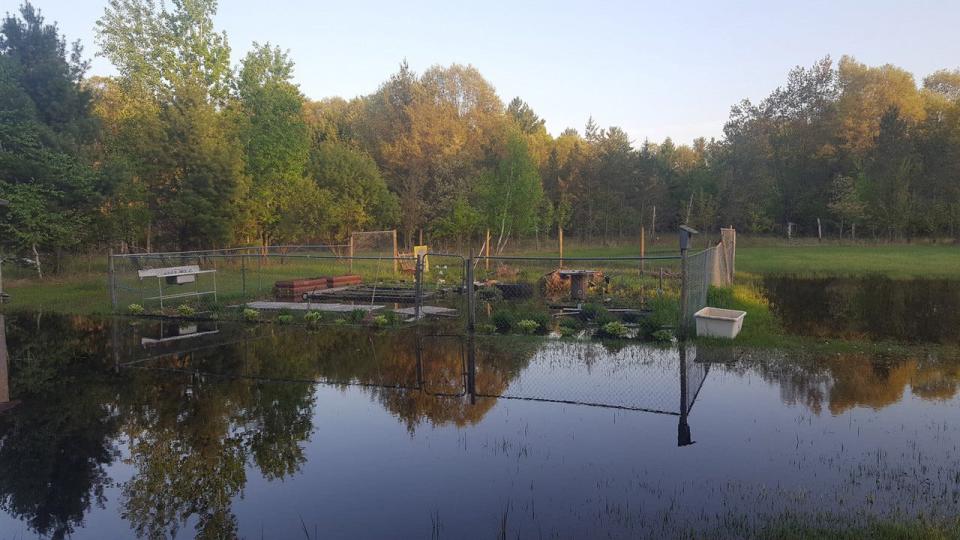
She lives a short drive from Crex Meadows.
Harter's family has lived in the area for generations, enjoying the benefits of the wildlife area, but over the last several years, it's also become a curse.
Harter and Tucker are still demanding something be done to save their water and properties and say experts aren't taking enough time to learn about the area and the way groundwater moves throughout the area before putting out their reports.
Tucker doesn't want anyone to think he wants the Crex to cease to exist. He and his family routinely enjoy hiking the property, hunting waterfowl there, and love living nearby.
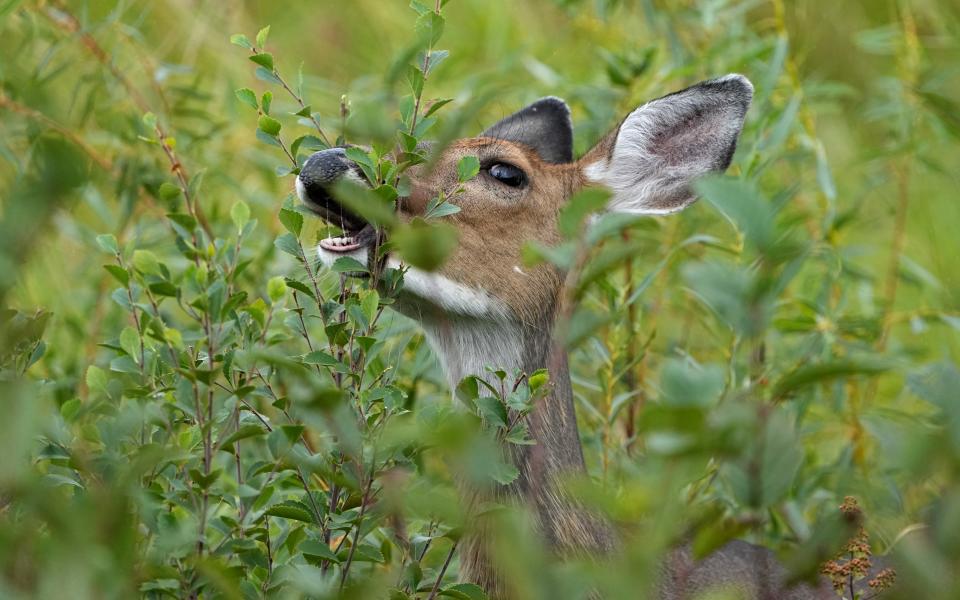
It comes down to the ability to use their property, Tucker said, and having clean and safe water. He loves waking and being able to hear the sounds of the marsh coming to life at the same time.
"I walk outside and it's just starting to get light outside and the swans will be across the road whooping, and that is the most beautiful sound," he said. "But you have to make a choice. Do you want the swans, or do you want to not have water in your house? What would you do?"
Laura Schulte can be reached at leschulte@jrn.com and on X at @SchulteLaura.
THANK YOU: Subscribers' support makes this work possible. Help us share the knowledge by buying a gift subscription.
DOWNLOAD THE APP: Get the latest news, sports and more
This article originally appeared on Milwaukee Journal Sentinel: Neighbors of Crex Meadows wildlife haven tussle with DNR over flooding

